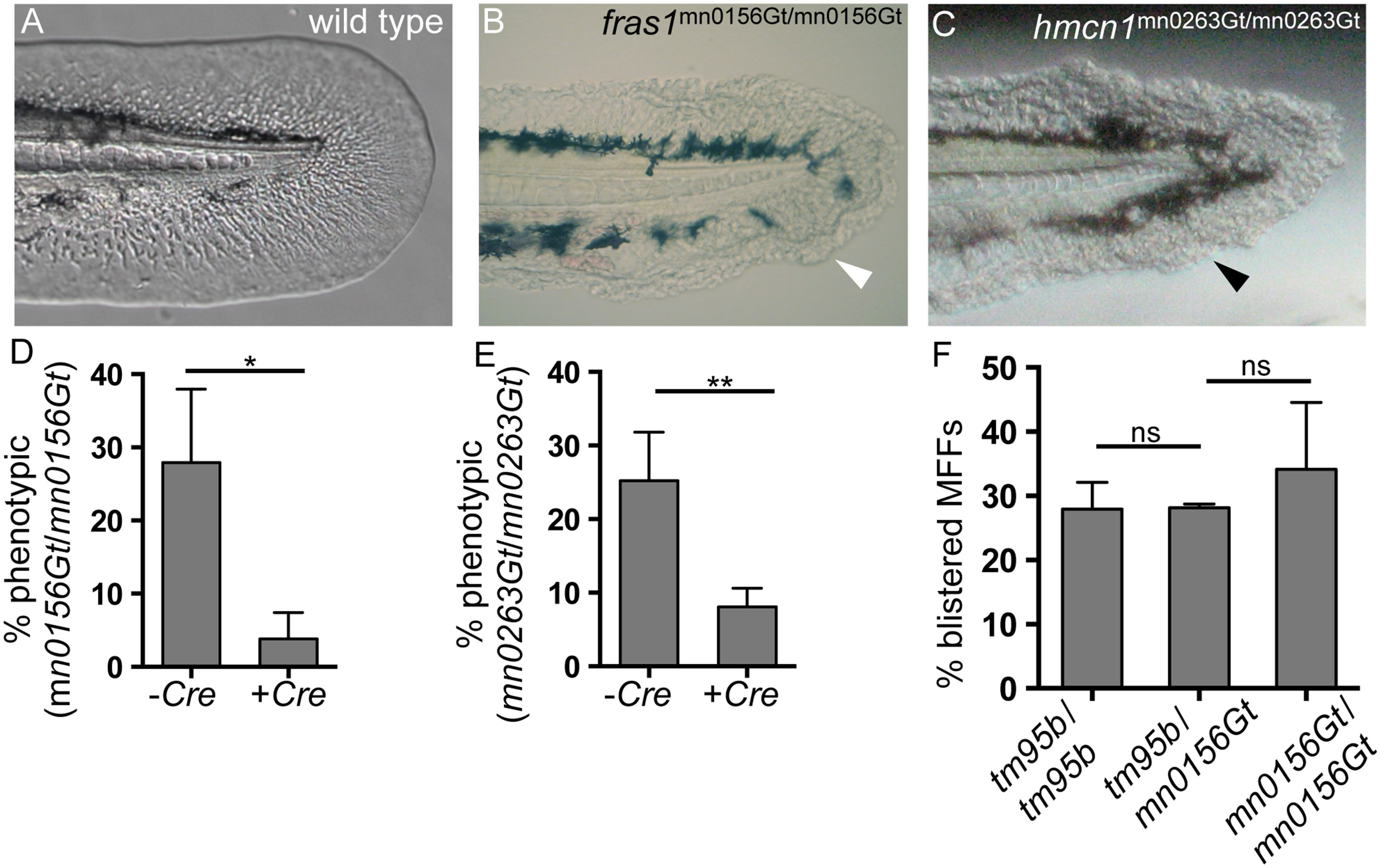Fig. 4 GBT protein trapping generates novel revertible alleles of known MFF loci.
(A) By 48 hpf, wild-type MFFs are thin and flat, and the MFF edge appears smooth and regular. (B-C) Two ZIP gene-break alleles, fras1mn0156Gt and hmcn1mn0263Gt have homozygous recessive phenotypes, each of which results in blistered MFFs (arrowheads). (D-E) Both fras1mn0156Gt and hmcn1mn0263Gt behaved as classic revertible GBT mutant alleles in Cre reversion experiments. With both alleles, significantly fewer Cre mRNA-injected embryos were phenotypic, compared with their respective uninjected siblings. (D) For offspring of fras1mn0156Gt heterozygote incrosses, 27% (n = 156) of uninjected embryos (-Cre) were phenotypic; only 5% (n = 140) of Cre mRNA-injected siblings (+Cre) were phenotypic (p < 0.05). (E) For offspring of hmcn1mn0263Gt heterozygote incrosses, 25% (n = 146) of uninjected embryos (-Cre) were phenotypic; only 8% (n = 233) of Cre-injected siblings (+Cre) were phenotypic (p < 0.005). (F) The fras1mn0156Gt GBT allele fails to complement the pif tm95b ENU allele of fras1. Crossing pif tm95b heterozygotes with fras1mn0156Gt heterozygotes does not reduce the proportion of phenotypic offspring (28%, n = 445) (tm95b/mn0156Gt trans-heterozygotes) compared to either pif tm95b/tm95b (tm95b/tm95b, n = 332) or fras1mn0156Gt/mn0156Gt (mn0156Gt/mn0156Gt, n = 206) homozygotes. Percentages represent the mean of means (MOM); error bars represent standard deviations (SD).

